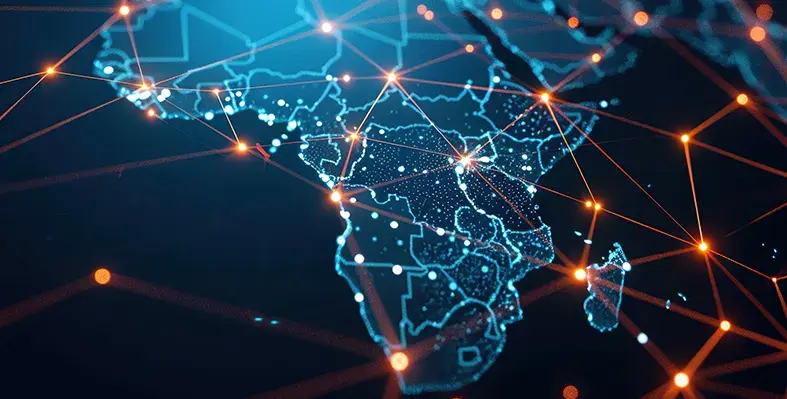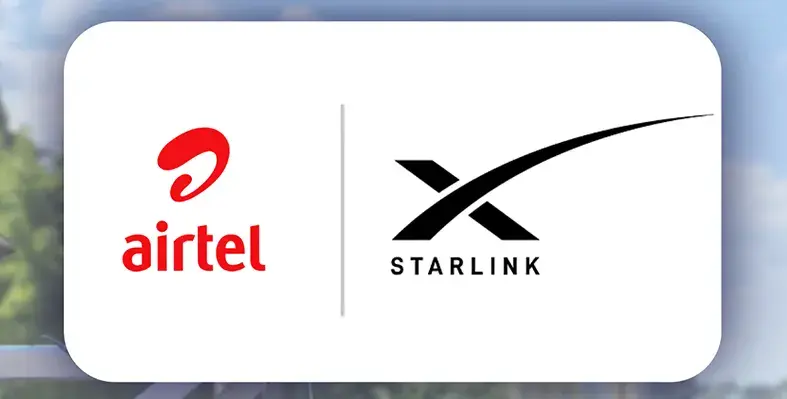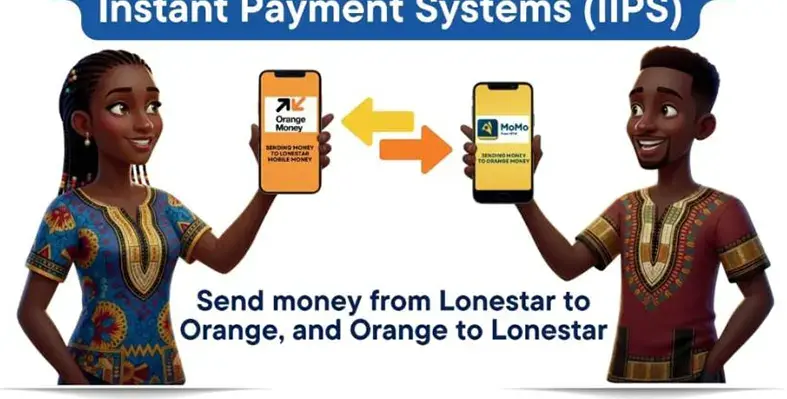The African mobile market is undergoing a dramatic transformation as 3G and WiMAX networks roll out across the continent alongside distinctly forward looking fibre deployments.p>The African mobile market is undergoing a dramatic transformation as 3G and WiMAX networks roll out across the continent alongside distinctly forward looking fibre deployments.
Alongside a multitude of WiMAX networks, 3G is being widely deployed from South Africa to Morocco and from Kenya to Nigeria yet they all face a major challenge - one that few 3G operators worldwide have managed to successfully negotiate. These trail blazing African operators rolling out mobile broadband need to pay close attention to their backhaul costs - their single largest OPEX - in order to avoid replicating the troubled western mobile broadband business model. All the while those mobile operators that have been left behind in the rush to mobile broadband need to review their backhaul infrastructure in order to maximise their profits from 2G voice services while also extending and improving their EDGE data services. This evolution of their backhaul networks will provide a vital first stepping stone in preparing their networks for the 3G upgrade.
The mobile broadband challenge
Two separate research firms, Omnitele and Strand Consult, both recently arrived at the same conclusion that the flat rate mobile data tariffs that have driven the boom in 3G uptake in Western markets are unsustainable. The reality is that rocketing data usage is causing costs from capacity upgrades (especially from backhaul) to ramp up disproportionately to the growing revenues from mobile broadband services. African operators will need to carefully manage the economics of their networks if they too are to avoid a similar fate.
While operators could easily cope with capacity costs in 2G networks the evolution to 3G is significant. A single GSM connection requires 13 kbps, a GPRS connection uses around 60-80 kbps but 3G leaps up to 348 kbps. 3G upgrades such as HSDPA, where a single connection can offer 14.4 Mbps per user, is an exponential leap - this means 1 user can use the same capacity as 1,000 GSM subscribers. Similarly, WiMAX represents an equally awesome capacity leap.
Beyond this, African operators have a number of other challenges that further complicate the economic challenge. Whereas mobile broadband has in most markets been focused on delivering services to phone handsets and laptop dongles, in Africa where fixed-line penetration is low there will be a real market for desktop PCs too. To aggravate the issue, desktop users are a great deal more bandwidth hungry than their mobile handset counterparts thereby putting a greater load on the network and in turn ramping up costs.
So how can this be resolved? One thing is clear operators cannot simply scale up their existing 2G backhaul resources as more developed markets initially tried to do - especially in urban areas where dense mobile broadband usage can be expected. Quite simply, the numbers don’t add up. The increased capacity costs aren’t covered by new revenues. Instead, operators have to make a more fundamental change - they will need to move to a packet switched network such as Ethernet. Ethernet delivers about five times the bandwidth of an E1 line for the same amount of money, is extremely flexible and is easier and less expensive to maintain and manage than legacy networks. In almost all African markets this will involve migrating to Ethernet microwave or taking advantage of the abundant amount of fibre that is being rolled out.
Yet, this too introduces its own challenges. Firstly, to carry 2G and 3G voice traffic across Ethernet requires pseudowire technology that emulates their legacy environment. Also, if operators intend to maximise cost efficiency they will want to use a single Ethernet-based pipe to carry all voice and data in which case there is a major timing issue. Put simply, there is no clock source to synchronise timing throughout the whole network so real-time services such as voice and video cannot be guaranteed. This represents the single greatest technical challenge facing operators wanting to converge all their voice and data traffic onto one transport network. Operators will have to look closely at the small number of solutions on the market today to this timing issue and scrupulously evaluate them all as this is an area where technology has only just caught up with requirements.
2G Africa
But what about the 2G operators left behind? How can they pave the way for the 3G upgrade?
The reason why markets such as Cameroon have shelved 3G plans is that the cost of the upgrade is not offset by predicted new revenues. However, there are opportunities to lower backhaul costs, and therefore make the evolution to 3G considerably more economical.
Technologies such as Abis optimisation reduce cellular transmission bandwidth while maintaining service quality with no additional capital investment. Abis optimisation can reduce the bandwidth required for 2G traffic by more than 50 per cent, freeing up what’s left for either more 2G voice, GPRS/EDGE data or even a potential upgrade to 3G or WiMAX. Additionally more aggregation sites throughout the network would allow the growing data traffic to be multiplexed and delivered to the network core more efficiently without requiring massive investment in infrastructure. Such technology will also allow those operators who are currently rolling out mobile broadband to extend their services into more remote regions - it may not deliver the speeds that urban users will receive but it will start the process of breaking down the digital divide.
The transformation of African communications is little short of startling. The rollout of fibre and the growth in 3G, WiMAX and other data services has the potential to revolutionise the economic possibilities of the whole continent while also opening up opportunities for individuals. We’re already witnessing mobile operators starting to show considerable initiative by starting to extend their transport networks into enterprises so as to provide fixed services where they have to date been poor or nonexistent. This evolution of mobile networks is always an on-going process but the changes made now and in the near future are likely to have more impact than in any other time in the history of African communications.
Ilan Seidner, RAD Data Communications’ Marketing Director






















